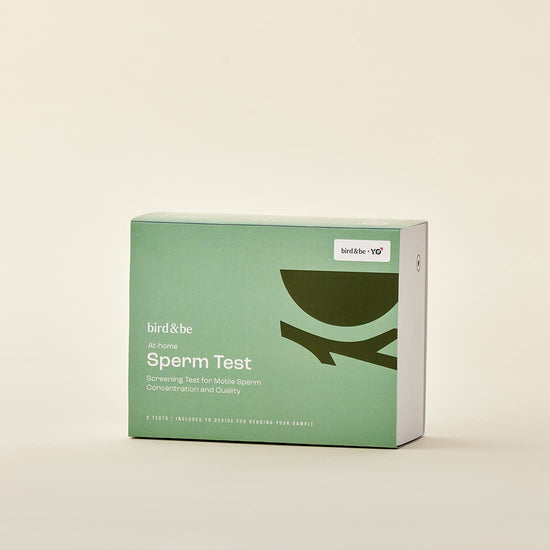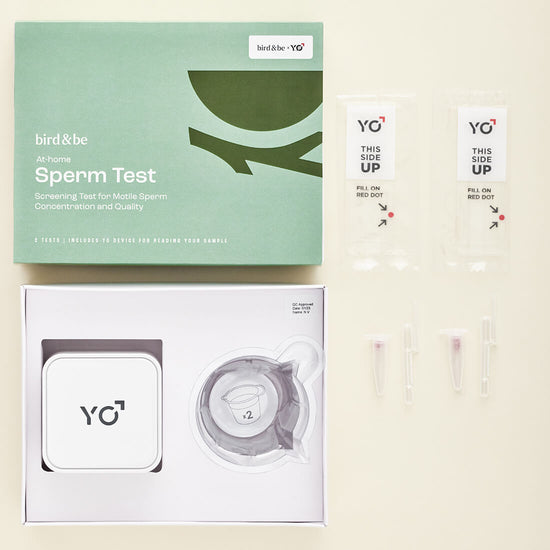If a growing climate crisis and limitations to reproductive rights weren’t enough, you may have also noticed a recent resurgence of PFAS stories in your newsfeed. That’s because the U.S. Environmental Protection Agency (EPA) issued new health advisories stating that these substances are more hazardous than previously thought. How worried should you be about PFAS when it comes to fertility? Here, we dive into the research and recommendations.
What are PFAS?
Polyfluoralkyl and perfluoroalkyl substances, or PFAS, are a group of chemical compounds that have been found in everything from food packaging to cosmetics. For most of us, the most common exposure sources are through drinking water, diet, and indoor air and dust from home furnishings. They are sometimes referred to as “forever chemicals” because they can persist in the environment for many years. PFAS have long been considered to be potentially dangerous to human health (they’ve been linked to liver damage, thyroid disease, diabetes, decreased fertility, kidney problems, high cholesterol, obesity, hormone suppression and cancer). And now, the recent EPA advisory stems from newly available science that suggests that they are more dangerous than previously believed, and that risks occur at lower levels of contamination than what was thought.
How do PFAS affect male fertility?
In the fertility sphere, PFAS have been something of a controversial topic. They haven’t been rigorously studied in controlled environments, as this would be nearly impossible to do, but epidemiological evidence has suggested a link between exposure to PFAS and both male- and female-factor infertility. For example, studies have looked at populations of men and determined that there may be an association between higher levels of PFAS exposure and poor semen quality. This does not confirm a cause-and-effect relationship, but it is something to be aware of. In theory, the connection makes sense: some PFAS have been identified as “endocrine disruptors” (EDCs), meaning they may interfere with normal human hormone functions and signalling. Because semen production is a hormone-dependent process, it makes sense that a compound that interferes with hormone activity could impact semen. So, while we may reasonably assume that PFAS have a negative impact on male fertility, we actually don’t have enough information to say that with certainty.
There’s still a ton we don’t know about PFAS exposure and health outcomes. We don’t have any high-quality controlled studies that compare men who’ve been exposed to PFAS with those who haven’t. And in addition to that, we don’t know how the timing of exposure, dose of exposure, or the specific types of PFAS might impact male fertility. Currently, the American Urological Association classifies endocrine disruptors as one of many possible environmental risk factors for male infertility, but notes that the evidence is inconclusive. It would be reasonable for men looking to optimize their fertility to try to avoid endocrine disruptors where possible, but we can’t say for sure that this will truly impact fertility outcomes.
How to improve male fertility?
Unfortunately, complete avoidance of PFAS is just not realistic, although American and Canadian governments have already prohibited their use in certain contexts (and the EPA is pushing for further measures). However, there are some lifestyle modifications that can help to improve male fertility. Maintaining a healthy diet, exercising regularly, taking a daily antioxidant-packed supplement, and avoiding alcohol and smoking have all been shown to improve semen parameters—all great starting points if you’re trying to increase your chances of success.







